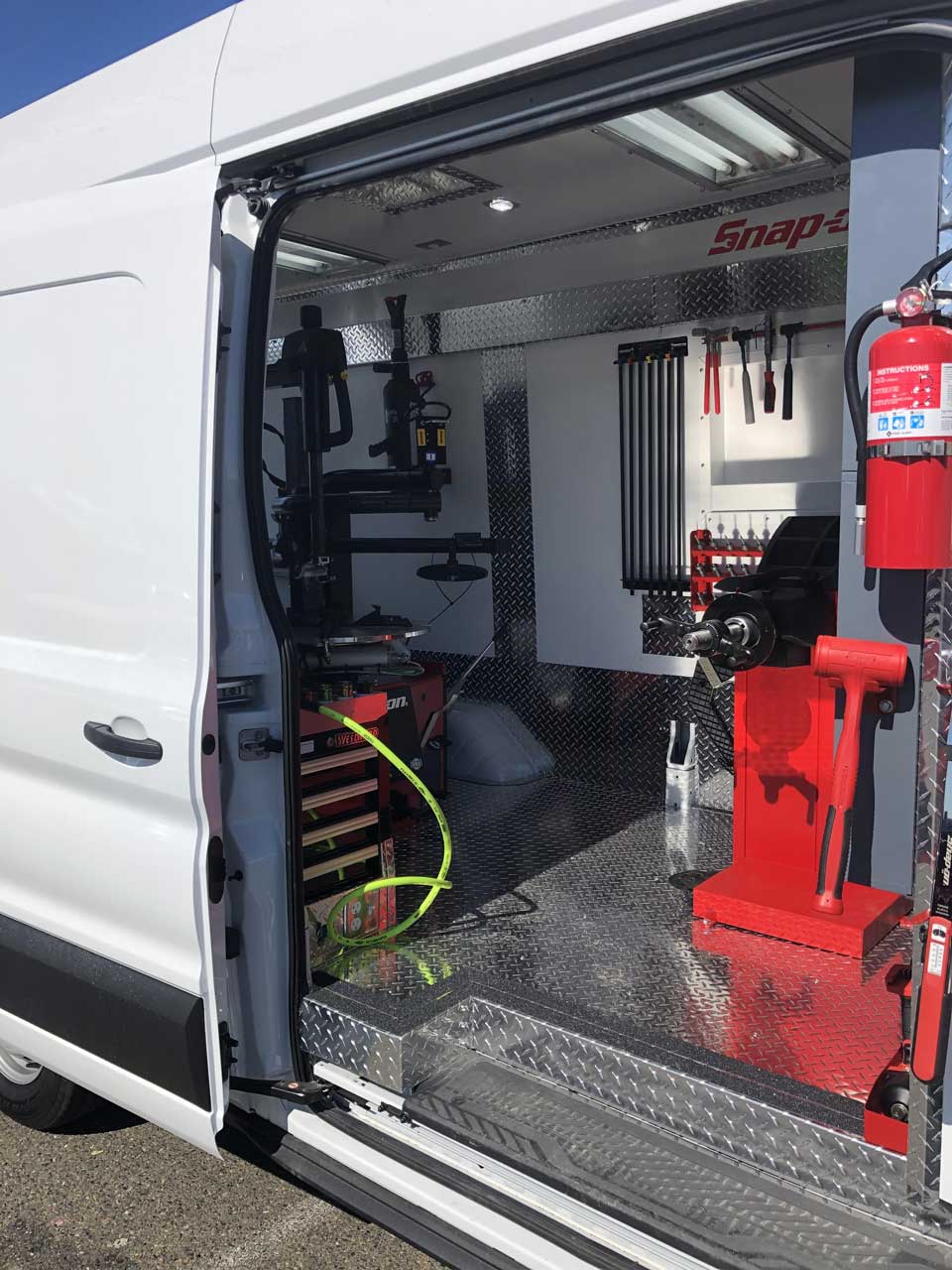Economical Mobile Tire Replacement Las Vegas - Call Today!
Economical Mobile Tire Replacement Las Vegas - Call Today!
Blog Article
Tire Service: Proven Approaches for Optimum Tire Upkeep and Care
Preserving optimal tire problem is paramount for both safety and performance of any type of lorry. From making sure appropriate tire stress to normal turning and placement, there are proven approaches that can substantially prolong the life-span of your tires and improve total driving experience. As we check out the ins and outs of tire treatment and maintenance, we will discover crucial guidelines that every car owner must abide by for the ideal possible outcomes. Let's explore the globe of tire service and find the tricks to keeping your tires in first-class shape for the long run.
Importance of Tire Pressure
Correct tire pressure is a critical element in guaranteeing ideal car efficiency and safety when driving. Keeping the suggested tire pressure degrees given by the producer provides various advantages. First of all, appropriate tire stress promotes much better fuel effectiveness, as under-inflated tires can bring about enhanced rolling resistance, causing the engine to work more difficult and take in even more fuel. Second of all, appropriate tire pressure makes sure even walk wear, boosting tire longevity and saving cash over time by postponing the demand for early substitutes. In addition, properly pumped up tires add to improved handling and stopping capacities, crucial for secure driving in numerous road problems. Over-inflated tires, on the various other hand, can cause minimized traction and a harsher adventure. Alternatively, under-inflated tires are susceptible to getting too hot, which can cause mishaps and blowouts. Regularly checking and readjusting tire stress, particularly before long journeys, is a basic yet effective means to boost lorry efficiency, expand tire lifespan, and prioritize safety and security when driving.
Tire Rotation Guidelines
When taking into consideration tire rotation standards, it is important to recognize the value of this maintenance job in taking full advantage of tire life expectancy and keeping optimal car performance. Tire turning includes altering the placement of each tire on a vehicle to make sure also tread wear. Front tires often tend to use a lot more swiftly than rear tires due to guiding forces, making regular turning critical for balanced wear patterns.

Benefits of Wheel Positioning
Guaranteeing appropriate wheel positioning after tire turning is critical for maintaining balanced wear patterns and optimizing car efficiency. Wheel placement describes the adjustment of the angles of the wheels to the maker's specifications. Among the essential benefits of wheel alignment is improved handling and guiding reaction. When the wheels are properly aligned, it decreases guiding initiative, ensuring a smoother and extra controlled driving experience. In addition, proper wheel positioning helps to prolong the lifespan of your tires. Misaligned wheels can trigger uneven tire wear, bring about premature tire substitute and raised maintenance prices.

Tire Tread Deepness Examine
Doing a regular evaluation of tire tread depth is crucial for preserving secure driving problems and lengthening the life expectancy of your tires. Irregular tread wear can suggest issues with tire placement, suspension, go or pressure, highlighting the significance of routine tread deepness checks. By integrating tire tread depth checks into your regular maintenance timetable, you can drive with confidence recognizing that your tires are in top condition.
Seasonal Tire Examination
Seasonal tire assessment is a fundamental aspect of tire maintenance that ensures tires are all set to encounter the difficulties presented by different weather conditions. In prep work for winter season, it is crucial to examine the tire stress routinely as chilly temperatures can trigger tire stress to drop. By carrying out regular seasonal tire assessments, drivers can prolong tire life-span, enhance fuel performance, and most notably, guarantee a safe driving experience in differing weather problems.
Final Thought
Finally, keeping proper tire stress, turning tires on a regular basis, straightening wheels appropriately, keeping track of step depth, and conducting seasonal examinations are necessary methods for optimal tire treatment. By following these shown approaches, chauffeurs can guarantee their tires last much longer, do far better, and contribute to general car security. It is very important to prioritize tire maintenance to prevent mishaps, boost fuel performance, and lengthen the life-span of tires.
Appropriate tire pressure advertises far better fuel efficiency, as under-inflated tires can lead to raised rolling resistance, triggering the engine to work more challenging and eat more fuel.When considering tire rotation guidelines, it is necessary to comprehend the importance of this maintenance task in making best use of find this tire life-span and maintaining optimal vehicle efficiency. Seasonal tire evaluation is a fundamental facet of tire maintenance that ensures tires are prepared to deal with the difficulties presented by various weather condition problems. By carrying out regular seasonal tire evaluations, chauffeurs can prolong tire life-span, boost gas efficiency, and most importantly, make sure a safe driving experience in differing climate conditions.
In final thought, preserving correct tire stress, turning tires consistently, straightening wheels appropriately, keeping track of walk depth, and conducting seasonal inspections are important techniques you can find out more for optimum tire care.
Report this page